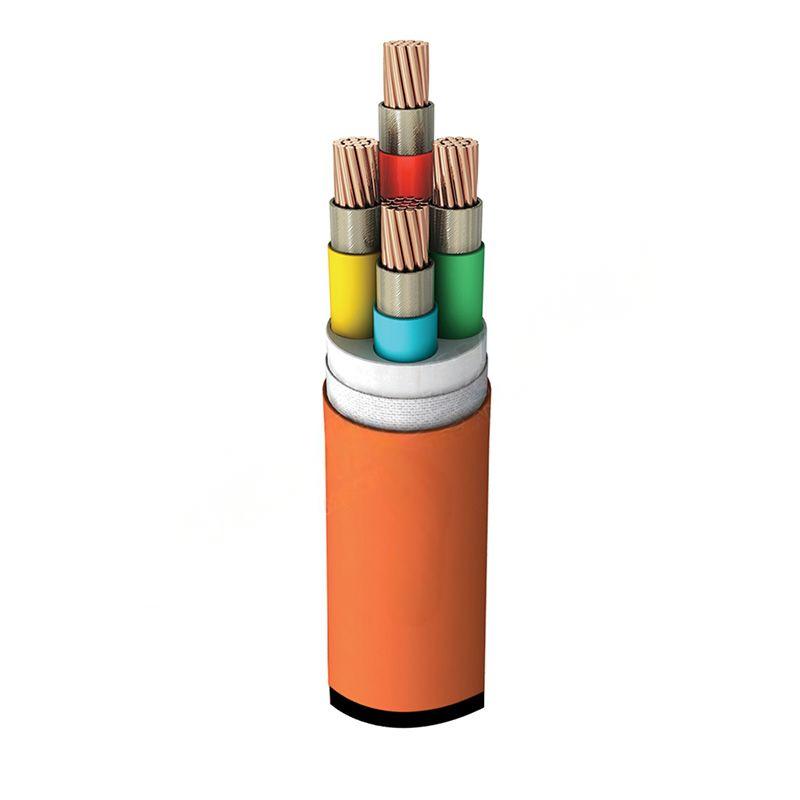Nov . 22, 2024 15:21 Back to list
check valve with counterweight
Check Valves with Counterweights A Comprehensive Overview
Check valves are crucial components in various fluid systems, ensuring that flow occurs in one direction while preventing any backflow. Among the diverse designs of check valves, those equipped with counterweights stand out due to their unique functionalities and benefits. This article delves into the concept of check valves with counterweights and explores their applications, advantages, and operational mechanisms.
At its core, a check valve's primary role is to maintain the integrity of fluid systems by preventing reverse flow. Traditional check valves utilize mechanisms such as springs or gravity to achieve this function. However, the incorporation of counterweights enhances the performance of these valves, particularly in systems with fluctuating pressures or varying fluid flow rates.
Check Valves with Counterweights A Comprehensive Overview
One significant advantage of check valves with counterweights is their enhanced control over fluid dynamics. In systems where fluid velocity can vary drastically, such as in water supply networks or oil and gas pipelines, these valves can adapt more effectively to changing conditions. The counterweight reduces the risk of slamming and chatter, phenomena that can lead to wear and tear on both the valve and the associated piping infrastructure. This characteristic not only prolongs the lifespan of the valve but also minimizes maintenance costs over time.
check valve with counterweight

Moreover, the use of counterweights can improve the sealing capabilities of the valve. A well-balanced counterweight ensures that the valve closes tightly against its seat, significantly reducing the likelihood of small leaks that could otherwise compromise system efficiency. This is particularly important in applications involving hazardous or corrosive fluids, where even minimal leaks can lead to safety hazards or environmental concerns.
Applications for check valves with counterweights are widespread. They are commonly found in municipal water systems, wastewater treatment plants, and industrial applications, including chemical processing and oil refining. In these scenarios, the ability to withstand pressure fluctuations while maintaining a robust seal is critical. The design's versatility allows it to be adapted to various sizes and types of piping, catering to different flow requirements across multiple sectors.
However, despite their advantages, the implementation of check valves with counterweights requires careful consideration. The weight of the counterweight must be accurately calculated to ensure optimal performance without overshooting or undershooting the necessary force to close the valve. Additionally, factors such as fluid type, temperature, and pressure must be taken into account during the design phase.
In conclusion, check valves with counterweights represent an innovative approach to fluid control in various industrial applications. By enhancing the responsiveness and sealing efficiency of traditional check valves, these mechanisms help to ensure the safe, efficient, and reliable operation of fluid systems. As industries continue to evolve and demand higher standards of performance, the adoption of such advanced technologies is likely to increase, paving the way for more efficient fluid management solutions.
Share
-
Reliable Wafer Type Butterfly Valves for Every IndustryNewsJul.25,2025
-
Reliable Flow Control Begins with the Right Ball Check ValveNewsJul.25,2025
-
Precision Flow Control Starts with Quality ValvesNewsJul.25,2025
-
Industrial Flow Control ReliabilityNewsJul.25,2025
-
Engineered for Efficiency Gate Valves That Power Industrial PerformanceNewsJul.25,2025
-
Empowering Infrastructure Through Quality ManufacturingNewsJul.25,2025